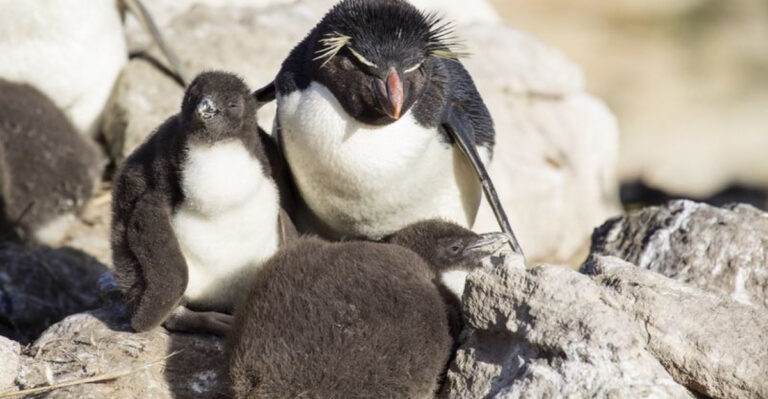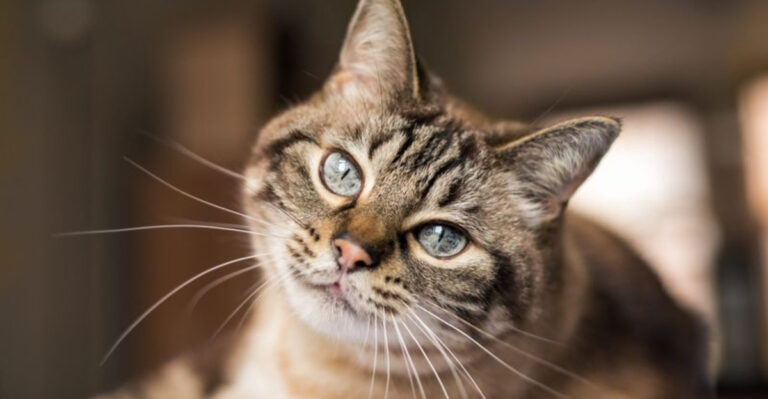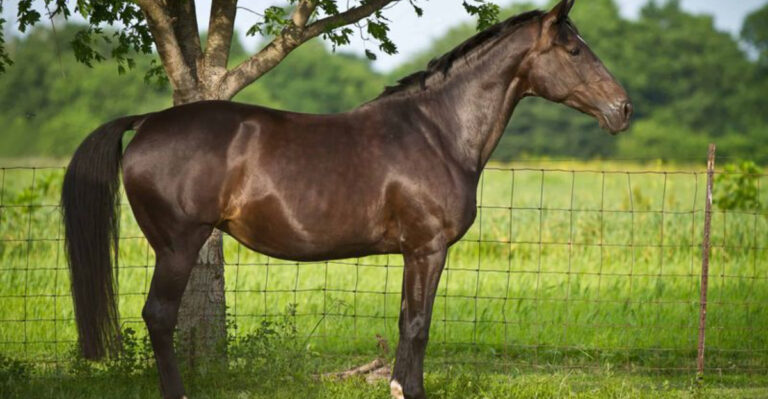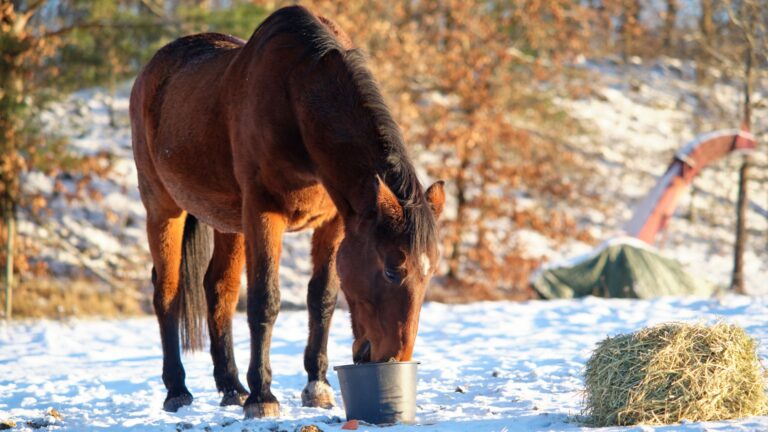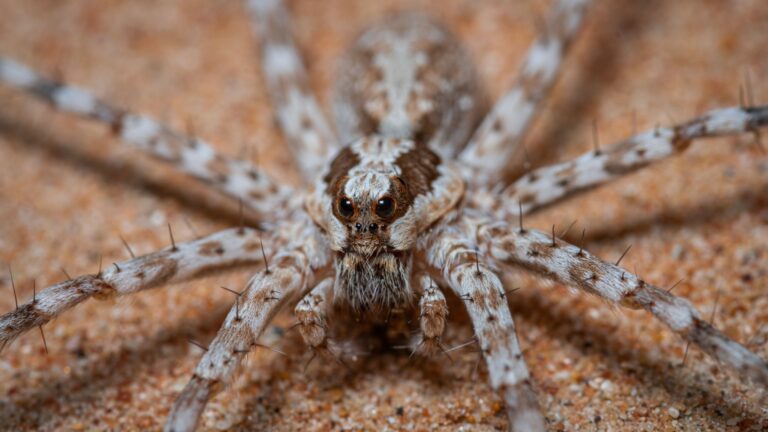18 Amazing Animal Senses You Wish You Had

Animals have some truly extraordinary senses that go beyond human capabilities. These super senses allow them to perceive the world in ways that leave us amazed and often puzzled.
From seeing ultraviolet light to detecting tiny vibrations, these abilities are crucial for their survival. Let’s dive into of these astonishing abilities in the animal kingdom.
1. Mantis Shrimp
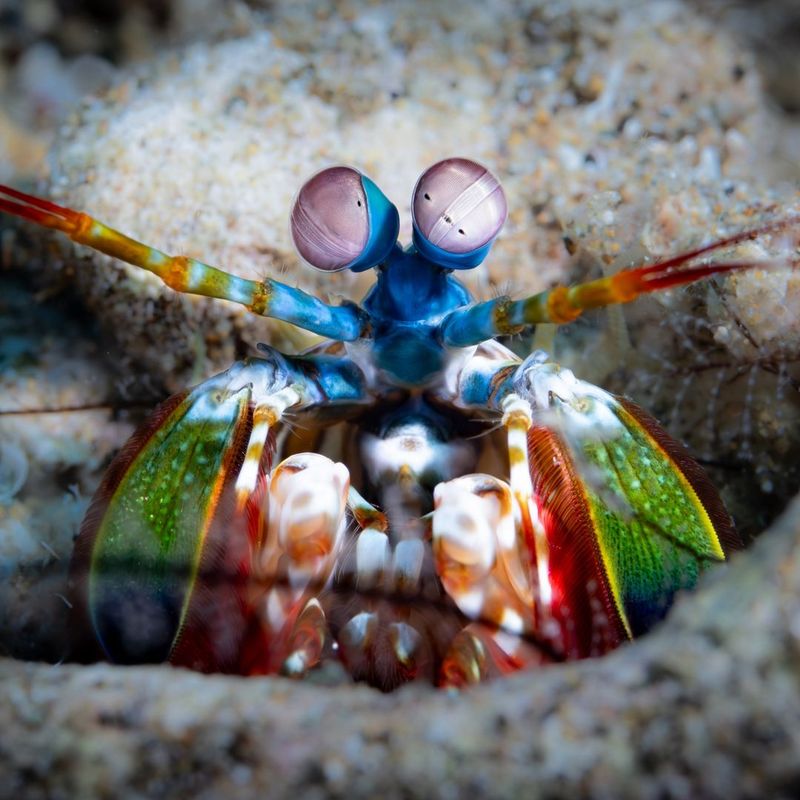
Beneath the waves, the mantis shrimp boasts one of the most complex visual systems in the animal kingdom. With up to 16 different types of photoreceptors, compared to our three, they can see a spectrum of colors far beyond human capability.
Their eyes move independently, providing a unique perspective of their surroundings. This extraordinary vision helps them detect prey precisely and navigate their vibrant coral reef environments.
In addition to hunting, their vision is essential for communication, as subtle color changes send various signals.
2. Tarsier
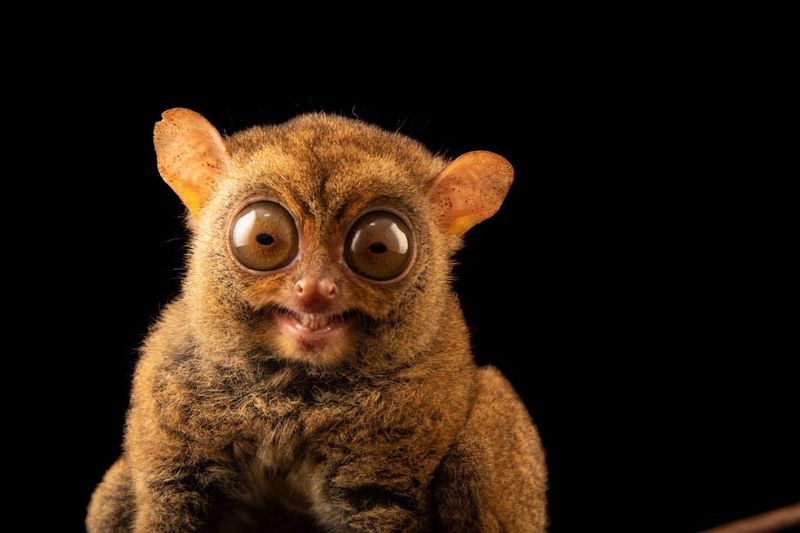
Tarsiers, tiny primates with gigantic eyes, have night vision that surpasses most nocturnal animals.
Their eyes are so large that they can’t move them, but this doesn’t hinder their vision. Instead, they can rotate their heads almost 180 degrees, like owls.
Living in dense tropical forests, tarsiers rely on their acute night vision to hunt insects in complete darkness. Their eyes have a high number of rod cells, enhancing their ability to see in low light.
This extraordinary vision makes them efficient predators, navigating the night with ease.
3. Pigeons
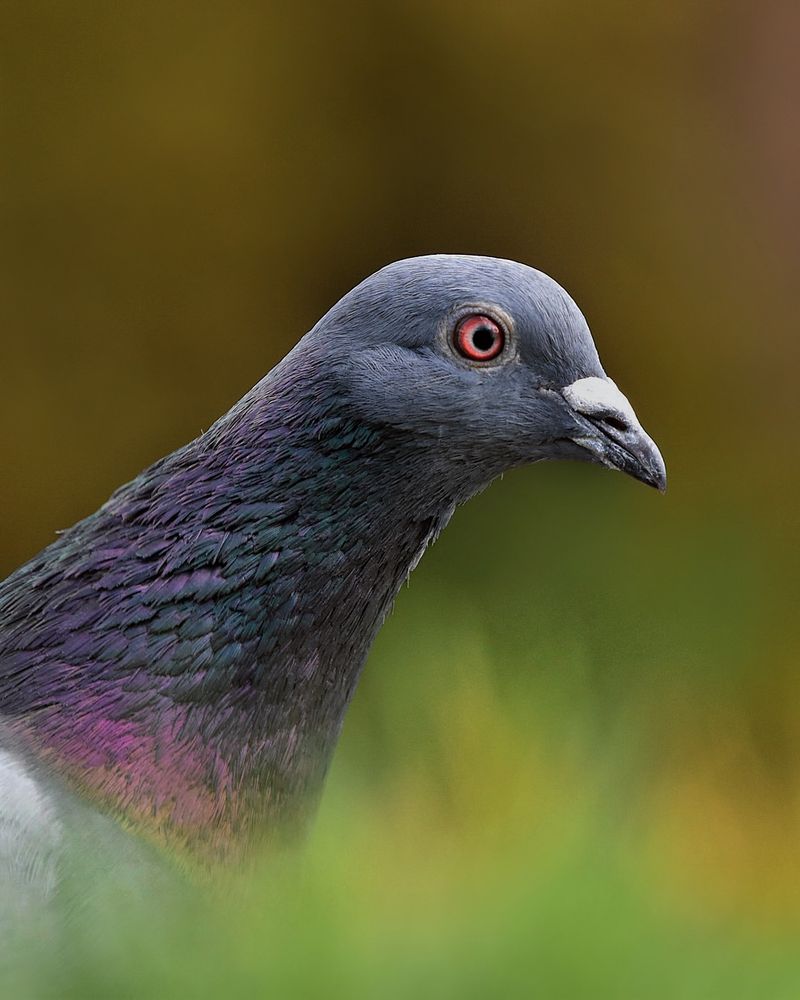
Pigeons aren’t just city birds—they’re natural-born navigators! They use Earth’s magnetic field like a built-in GPS.
Tiny crystals in their beaks help them sense direction, even miles from home. No map needed!
This skill lets them fly long distances and still land right back at their nest. Total homing magic.
It’s called magnetoreception, and it’s one of nature’s coolest hidden senses.
4. Bats
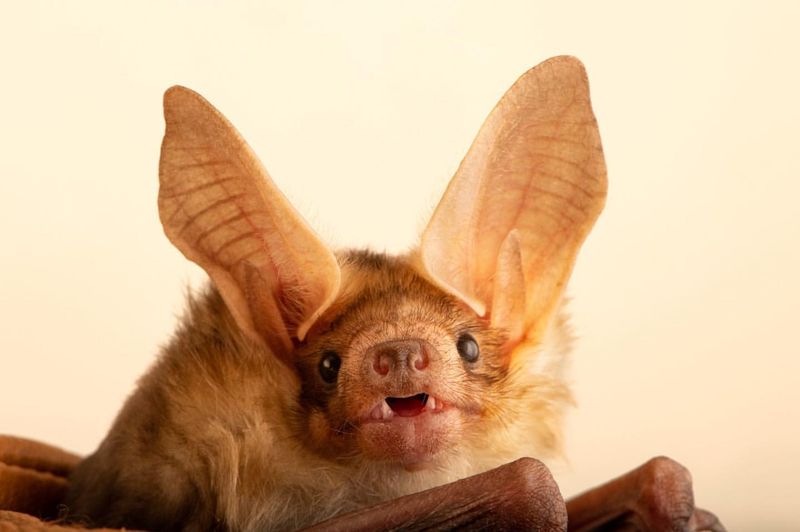
Bats are the ultimate night flyers with built-in sonar. They shout out high-pitched sounds and listen for the echoes.
That echo? It helps them “see” in the dark and even spot things as tiny as a human hair. Talk about precision flying!
They’re pros at catching insects mid-air like it’s no big deal. All thanks to their incredible echolocation skills.
But it’s not just about hunting bugs. Bats also use sound to chat with each other!
5. Owls
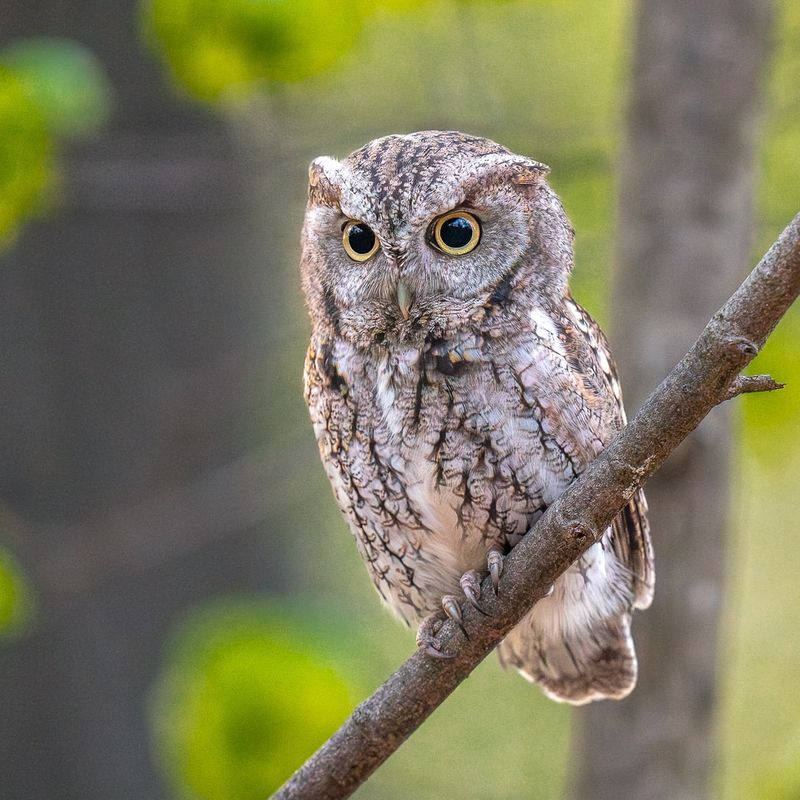
Owls are nighttime ninjas with skills that wow. They fly in total silence and hear like pros.
With heads that spin nearly all the way around, they zero in on even the tiniest squeak. No mouse stands a chance!
Their ears aren’t level—they’re offset, and that’s no accident. It helps them pinpoint sounds in 3D like surround sound.
Seeing in the dark? No problem. Their big eyes turn low light into a full-on spotlight.
6. Elephants
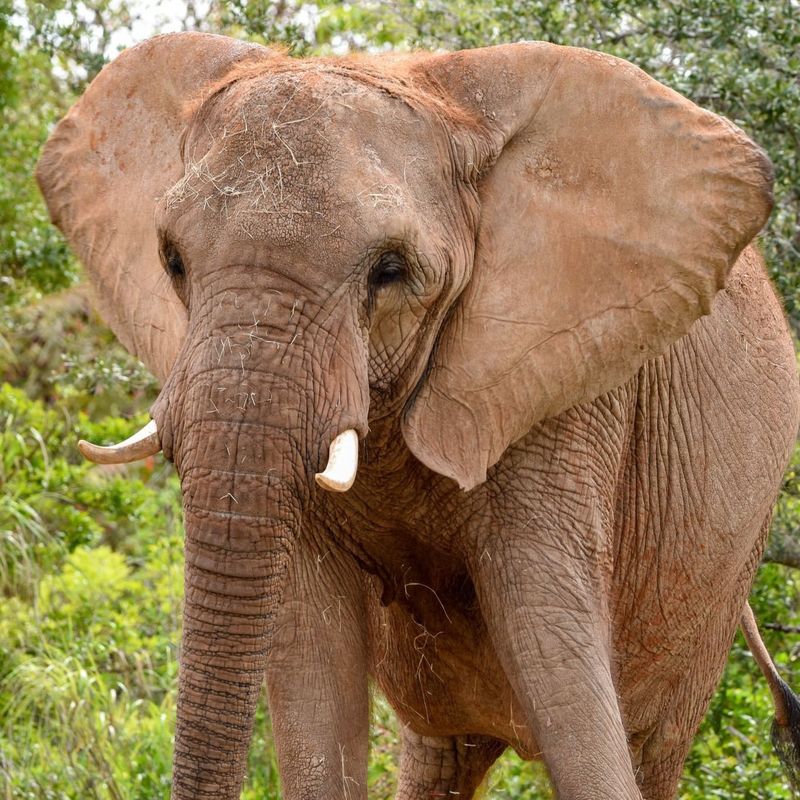
Elephants, the gentle giants of the savannah, are known for their incredible hearing abilities.
They communicate over long distances using infrasonic sound waves that humans can’t hear, traveling several kilometers to share information about threats or resources.
Their large ears act like satellite dishes, capturing sound waves. By rotating their ears, elephants can pinpoint the direction of sounds, improving their communication and navigation skills.
Their sharp hearing also helps them detect distant thunder or the movement of other animals, crucial for survival.
7. Star-Nosed Mole
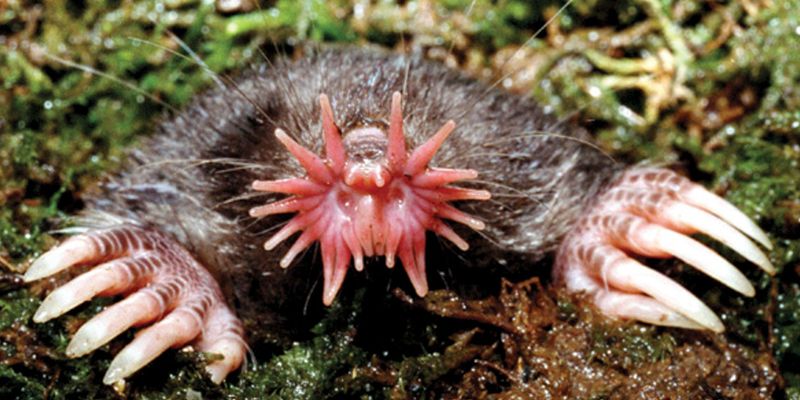
The star-nosed mole is a remarkable creature with the ability to sense electrical fields through its unique star-shaped nose. Imagine having a nose with 22 tiny tentacles, each more sensitive than a human fingertip.
This mole uses its “electrotouch” to navigate and hunt in the dark, murky wetlands it calls home.
In mere milliseconds, it can detect and consume prey, highlighting an extraordinary example of evolution. Its nose is not just a tool but a powerful sensory organ.
8. Sharks
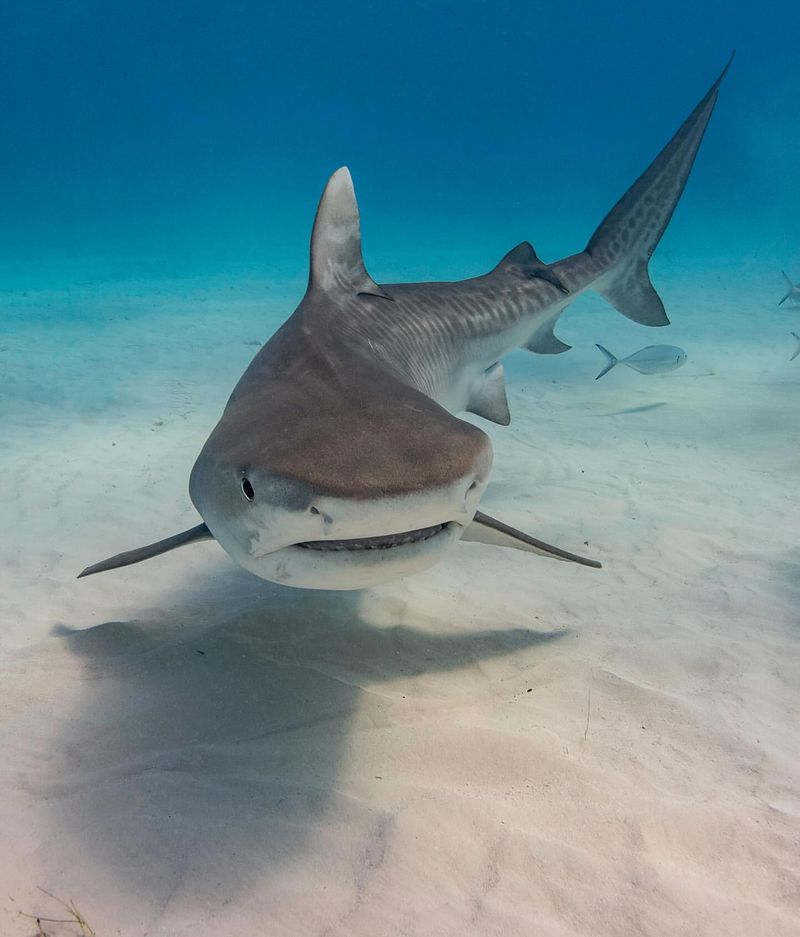
Sharks don’t just rely on sight or smell—they’ve got a hidden superpower. They can sense electric fields using tiny gel-filled pores on their snouts.
These special sensors, called ampullae of Lorenzini, pick up signals from other animals. Even prey hiding under sand can’t stay hidden for long!
In cloudy or dark waters, this sixth sense comes in clutch. It gives sharks the upper fin when it comes to hunting.
But it’s not just about food—sharks use it to navigate the oceans too. They can even follow Earth’s magnetic field like a built-in GPS.
9. Butterflies
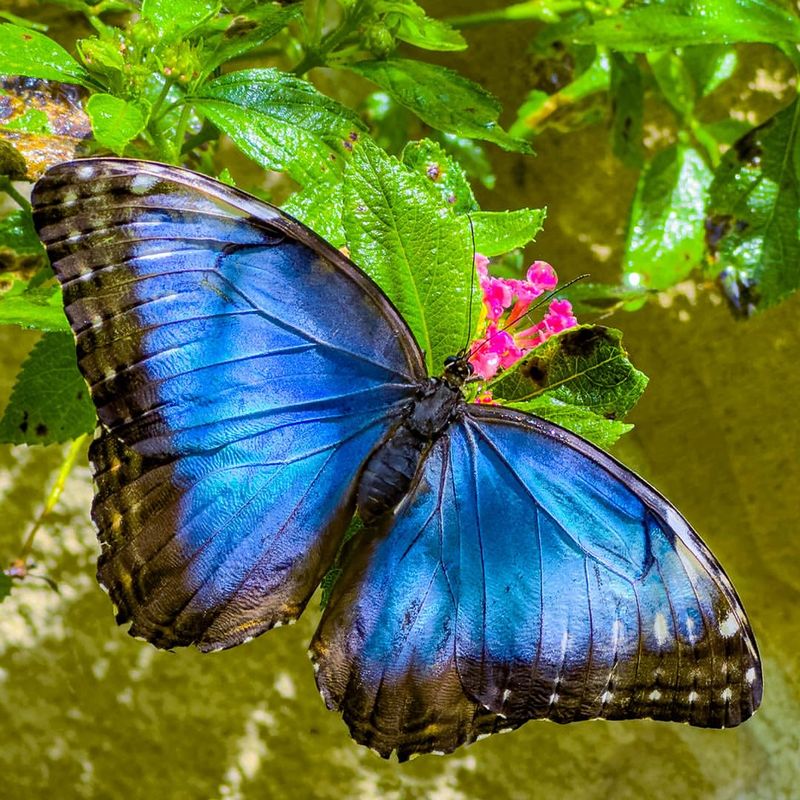
Butterflies see the world in dazzling ways we can’t even imagine. Their eyes catch ultraviolet light, totally invisible to us!
Flowers light up like glowing road signs under UV. These secret patterns help butterflies find the good stuff—nectar!
It’s a win-win: butterflies get food, flowers get pollinated. Nature nailed teamwork with this one.
UV vision isn’t just for snacks, though. Butterflies also spot the best mates by the shimmer on their wings.
10. Platypuses
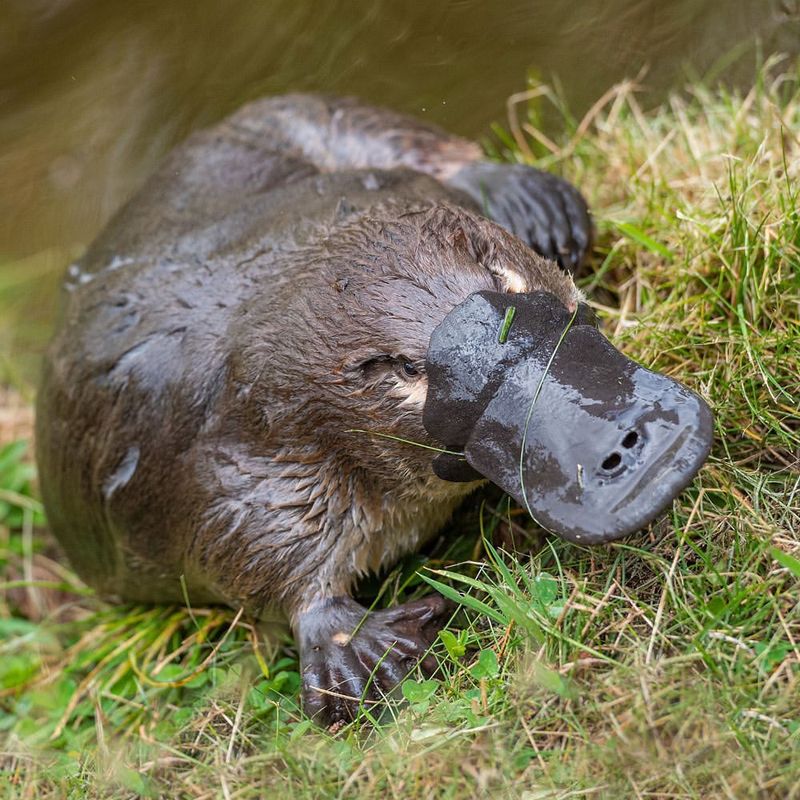
The platypus is basically nature’s oddball genius. It hunts underwater using electric signals—no eyes needed!
Its bill is packed with special sensors that feel tiny zaps and ripples. That’s some serious multitasking.
Even with eyes, ears, and nose shut tight, it snags prey like a pro. Murky water? No problem at all.
This electric hunting trick helps it thrive in its wild Aussie streams. Evolution really outdid itself here.
11. Dogs

Dogs don’t just sniff—they *analyze*. Their noses pack up to 300 million scent receptors!
That’s a lot more than our measly 5 million. They can pick up smells from miles away, no sweat.
From sniffing out bombs to detecting diseases, they’ve got serious job skills. One sniff and they know what’s up.
They even “read” the world through smell—who’s been where, who’s feeling what. It’s like a scent-based social network.
12. Snakes
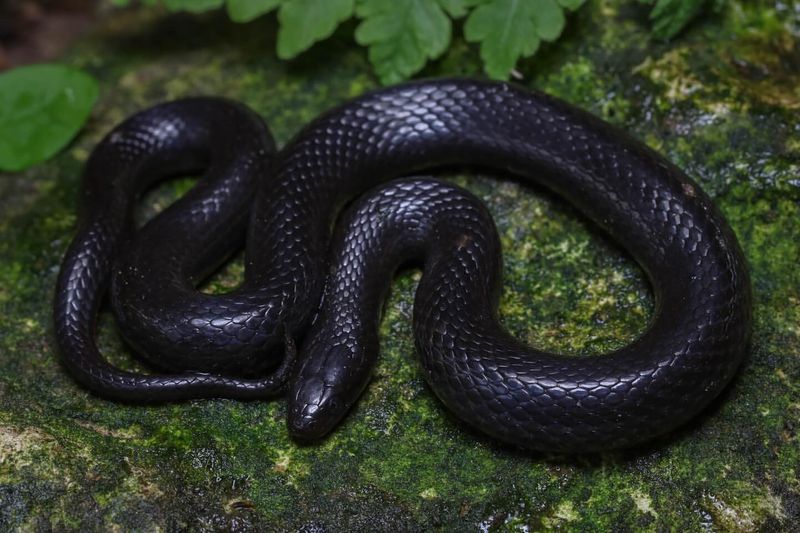
Snakes don’t just slither—they sniff the air with style. That flicking tongue? It’s their secret weapon.
They “taste” scent particles and send them to a special organ in their mouth. That’s how they track dinner or find a date!
Every tongue flick gives them an update, like checking the news—only smellier. Even in the dark, they stay in the know.
This skill is key for sneaky hunters who love a good ambush. Quiet, stealthy, and scent-savvy—that’s the snake way.
13. Bees
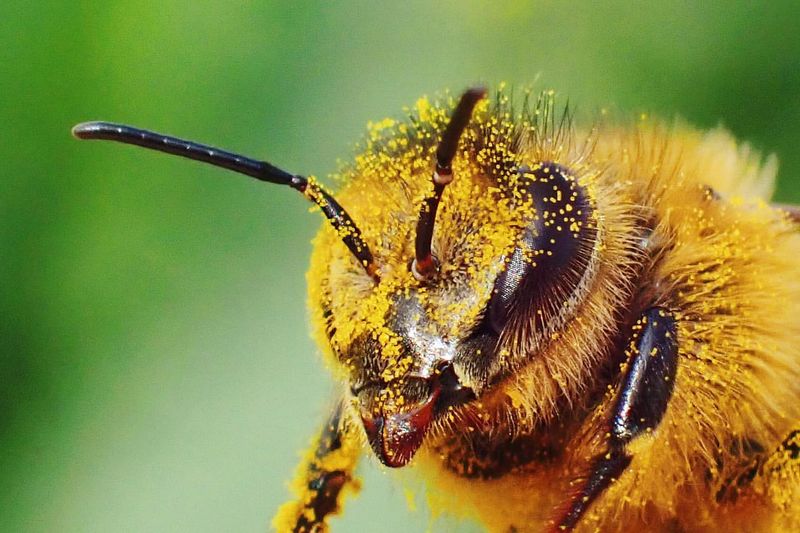
Bees have a hidden superpower—sensing electromagnetic fields! It’s like having a built-in GPS.
They use Earth’s magnetic vibes to fly miles and still make it home sweet hive. Talk about direction skills!
But it’s not just about getting around. Bees also use these fields to “talk” with each other.
Tiny shifts can send big messages about who’s nearby or what’s going on. Their hive life runs on vibes—literally.
14. Cuttlefish
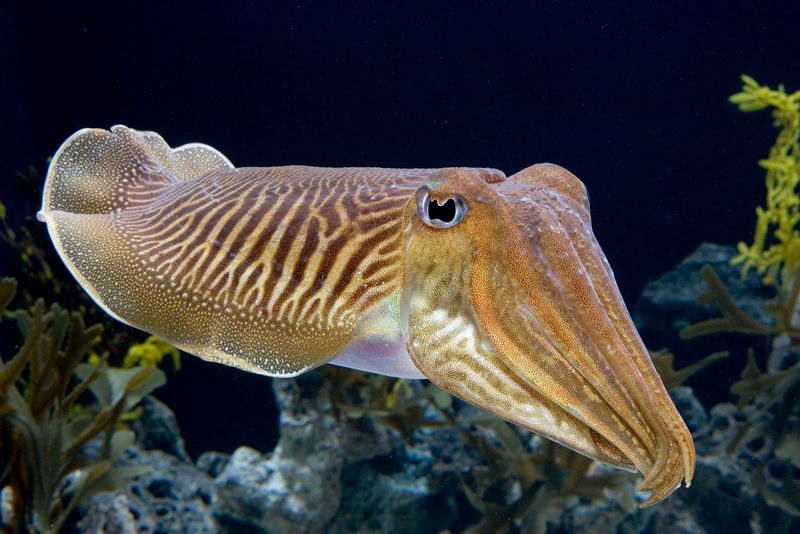
Cuttlefish are the ocean’s quick-change artists. One moment sandy, the next a burst of color!
They’ve got special cells—chromatophores—that shift shades like magic. Instant camouflage? No problem.
But it’s not just for hiding. They flash colors to flirt, fight, or say “back off.”
Each skin flicker sends a message. It’s like texting, but way cooler and way wetter.
15. Moles
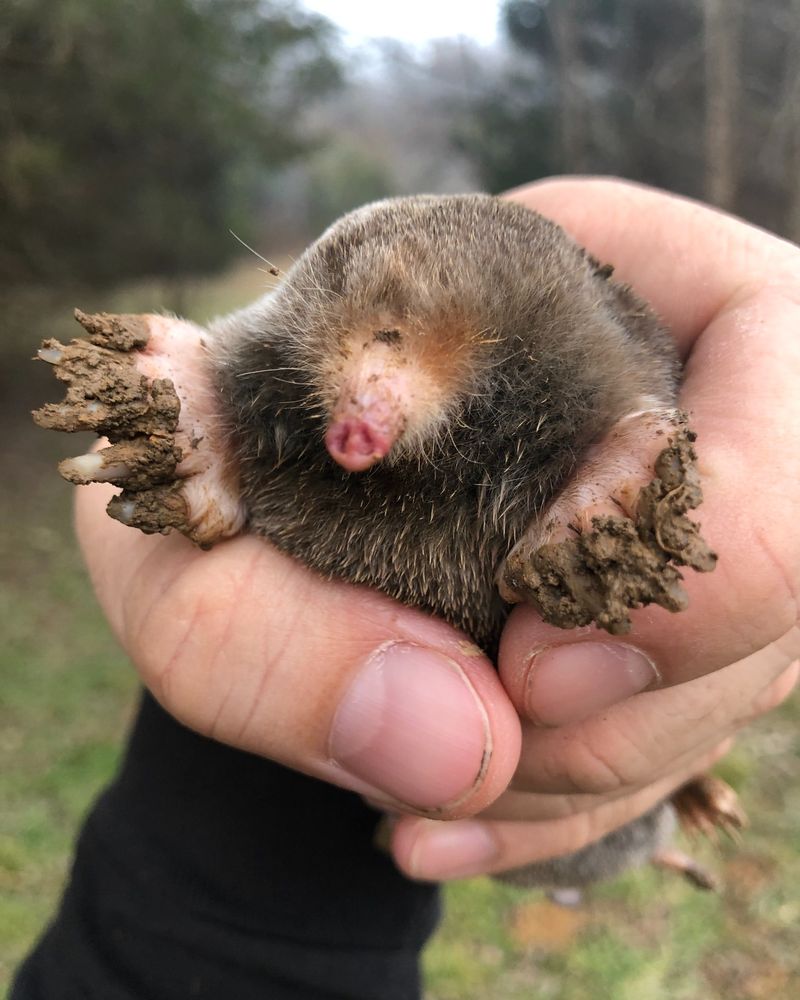
Moles don’t need eyes to find dinner underground. Their snouts are packed with tiny sensors called Eimer’s organs!
These little touch detectors pick up the faintest wiggle in the soil. Worm nearby? The mole knows.
They navigate pitch-black tunnels like pros, feeling their way through life one twitch at a time.
With this sense, they dig elaborate tunnels and sniff out snacks in total darkness. Dirt doesn’t stand a chance.
16. Polar Bears
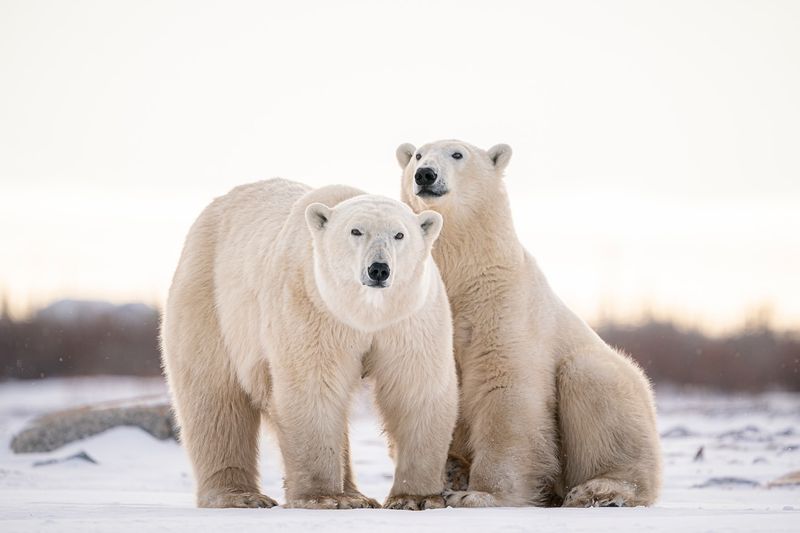
Polar bears are the Arctic’s top sniffers. They can smell a seal’s breathing hole from over a kilometer away!
That super-sniffer helps them hunt across snow and ice, where food is hard to find. Total survival mode.
But it’s not just about dinner—they also sniff out other bears, mates, or danger nearby.
Even thin ice or human camps don’t escape their nosey radar. It’s their built-in guide to the frozen world.
17. Pangolin
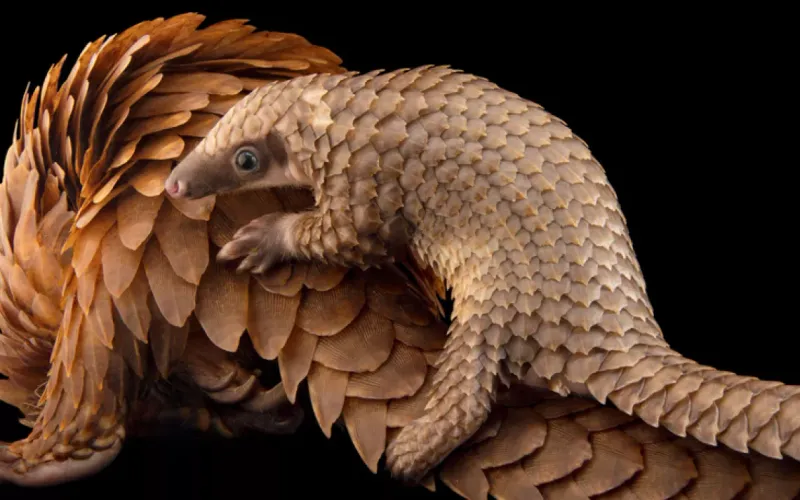
With a suit of armor like no other, the pangolin boasts a sensory defense mechanism.
These gentle creatures are covered in scales made of keratin, the same material as human fingernails. When threatened, a pangolin will roll into a ball, its scales providing an impenetrable shield.
But it’s not just about defense; these scales are sensitive to vibrations, helping the pangolin sense potential threats. This adaptation is a marvel of nature, combining protection with sensory awareness.
18. Frogs
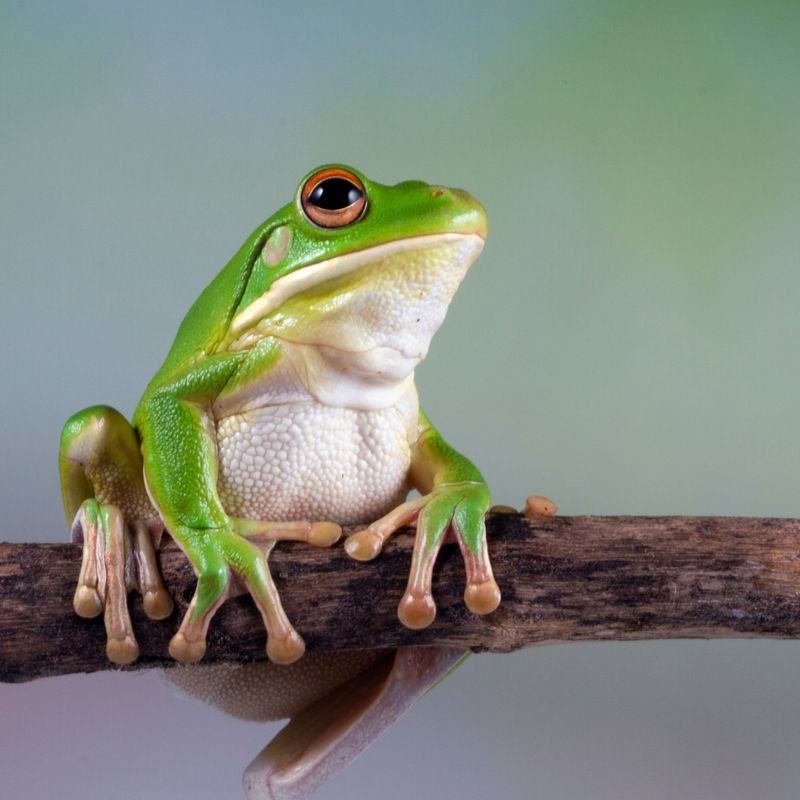
Frogs have a hidden trick up their slimy sleeves—they can *feel* vibrations in water! It’s all thanks to a cool lateral line system.
This setup runs along their bodies and picks up the tiniest movements. Splash nearby? They’re already tuned in.
Even in murky ponds, they can sense bugs to munch or danger creeping close. That’s some serious swamp smarts.

